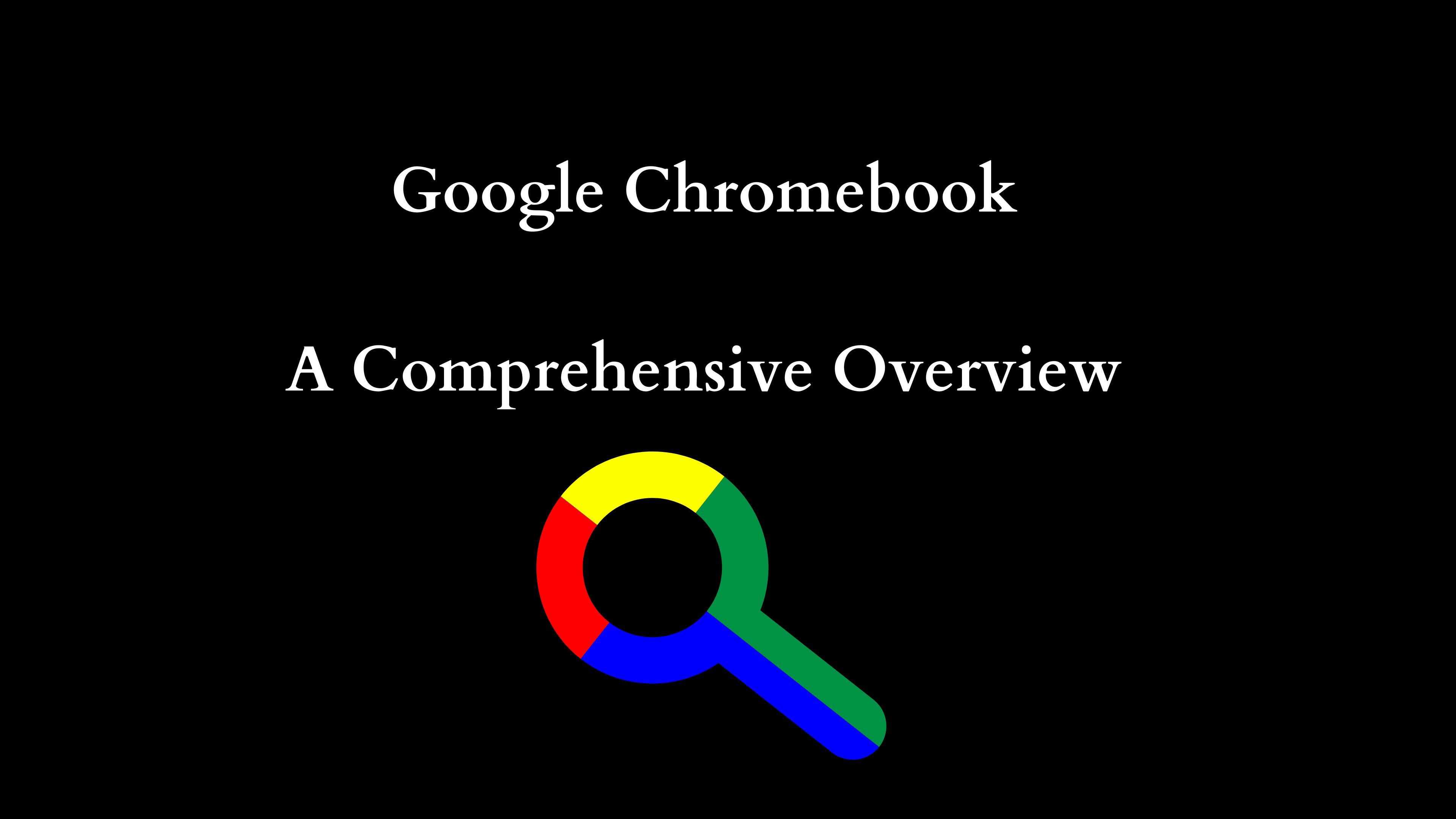Exploring the Google Chromebook: A Comprehensive Overview
In the ever-evolving landscape of personal computing, the Google Chromebook has emerged as a notable contender. Initially introduced in 2011, Chromebooks have significantly transformed the way we perceive laptops, fundamentally redefining our interactions with internet connectivity, productivity software, and educational tools. This blog post delves into the features, benefits, and potential drawbacks of Chromebooks, alongside their practical applications in various fields, particularly in education and business.
The Fundamentals of Google Chromebook
At its core, a Google Chromebook is a portable computing device that runs on Chrome OS, a lightweight operating system developed by Google. Chromebooks are primarily designed for use with internet applications, emphasizing the cloud-based model of computing. Unlike traditional laptops that come pre-installed with extensive software packages, Chromebooks focus on web applications and Google’s suite of tools, including Google Drive, Google Docs, and Gmail, among others.
Furthermore, Chromebooks are generally equipped with modest hardware specifications compared to their Windows and macOS counterparts. This is because they are optimized for cloud computing, enabling them to perform efficiently without the need for high-performing internals.
Features of Google Chromebook
1. Chrome OS: User-Friendly Interface
Chrome OS is built around the Google Chrome browser, providing users with a familiar interface. The operating system offers quick boot-up times, seamless updates, and enhanced security features, creating a hassle-free experience for users. Chrome OS is known for its simplicity, allowing users to navigate through applications and settings with ease.
2. Performance and Battery Life
One of the standout features of Chromebooks is their impressive battery life. Many models can easily achieve 10-12 hours of usage on a single charge, making them ideal for individuals who need to work on the go. Their performance, while modest in specifications, is sufficient for everyday tasks such as web browsing, document editing, and multimedia consumption.
3. Automatic Updates and Security
Chromebooks receive automatic updates directly from Google, ensuring that users always have the latest security features and functionality. The device has built-in virus protection and a multi-layered security architecture, significantly reducing the risk of malware infections—a common concern with traditional operating systems.
4. Integration with Google Services
Chromebooks are inherently designed to work seamlessly with Google services. The integration of Google Workspace (formerly G Suite) enhances productivity by allowing users to create and edit documents, spreadsheets, and presentations in real time with others. Furthermore, with ample cloud storage through Google Drive, users can access files from anywhere, transcending the limitations of device storage.
5. Affordability
While various models are available across different price points, Chromebooks are often more affordable than their Windows and macOS competitors. This price accessibility has made them extremely popular among students, educational institutions, and budget-conscious consumers.
The Role of Chromebooks in Education
The education sector has been one of the primary markets for Chromebooks, as schools embrace affordable technology to enhance learning experiences. The following are key ways in which Chromebooks are positively impacting education:
1. Accessibility for All Students
With various pricing options and educational discounts, Chromebooks have democratized access to technology, ensuring that more students can participate in digital learning. Schools can equip students with devices that facilitate remote learning, especially crucial in the aftermath of the COVID-19 pandemic.
2. Collaborative Learning Environment
Due to their integration with Google’s productivity tools, Chromebooks foster a collaborative learning environment. Students can work on projects simultaneously, allowing for more interactive and engaging learning experiences that reflect real-world collaboration.
3. Ease of Management for Educators
Chromebooks are relatively easy for educators to manage. With the Google Admin Console, schools can deploy and manage large fleets of devices through a centralized interface. This capability allows for remote monitoring, application management, and user support, thereby enhancing the overall efficiency of technology implementation in classrooms.
Google Chromebooks in Business
Beyond education, many businesses have begun to adopt Chromebooks as part of their technological infrastructure. Here’s how they are making a significant impact in corporate environments:
1. Cost Efficiency for Businesses
For companies that primarily rely on web-based applications, Chromebooks offer a cost-effective solution. The lower initial investment and the reduced cost of maintenance—thanks to automatic updates and robust security—can lead to substantial savings in a company’s IT budget.
2. Enhanced Collaboration and Communication
The integration of Google Workspace facilitates collaboration among team members, even in remote work scenarios. Businesses can leverage tools such as Google Meet and Google Chat, allowing teams to communicate effectively regardless of physical locations.
3. Security and Compliance
Data security is paramount for businesses. Chromebooks inherently possess advanced security features that help protect sensitive organizational data. The built-in security settings, including sandboxing and verified boot, make them a reliable option for businesses looking to safeguard their operations.
Potential Drawbacks of Chromebooks
Despite their numerous advantages, Chromebooks may not be suitable for every user and use case. Here are some of the potential limitations:
1. Limited Offline Functionality
Chromebooks heavily rely on internet connectivity for optimal performance. While many apps have offline capabilities, the experience is not on par with fully-fledged desktop operating systems. Users who require software that runs locally may encounter limitations.
2. Compatibility Concerns
Certain business and creative applications may not be compatible with Chrome OS. Users who depend on specialized software, such as advanced graphic design tools or specialized database management systems, may find that their needs exceed the capabilities of Chromebooks.
3. Storage Limitations
Many Chromebooks come with limited onboard storage, as users are encouraged to store files in the cloud. For users who prefer to have a vast amount of data readily accessible on their devices, this can pose challenges, particularly in areas with limited internet access.
Conclusion
The Google Chromebook represents a paradigm shift in the landscape of personal computing, focused on simplicity, affordability, and cloud connectivity. Its adaptability to various environments—be it educational or corporate—positions it as a formidable choice for many users. As technology continues to advance and remote work becomes increasingly prevalent, Chromebooks are likely to continue playing a significant role in shaping how we interact with digital tools and resources.
Ultimately, whether a Chromebook is the optimal device for you will depend on your individual needs, preferred workflow, and the ecosystems that you engage with regularly. For those deeply entrenched in the Google ecosystem and prioritizing portability, reliability, and affordability, Chromebooks certainly warrant consideration.

Shop Now






